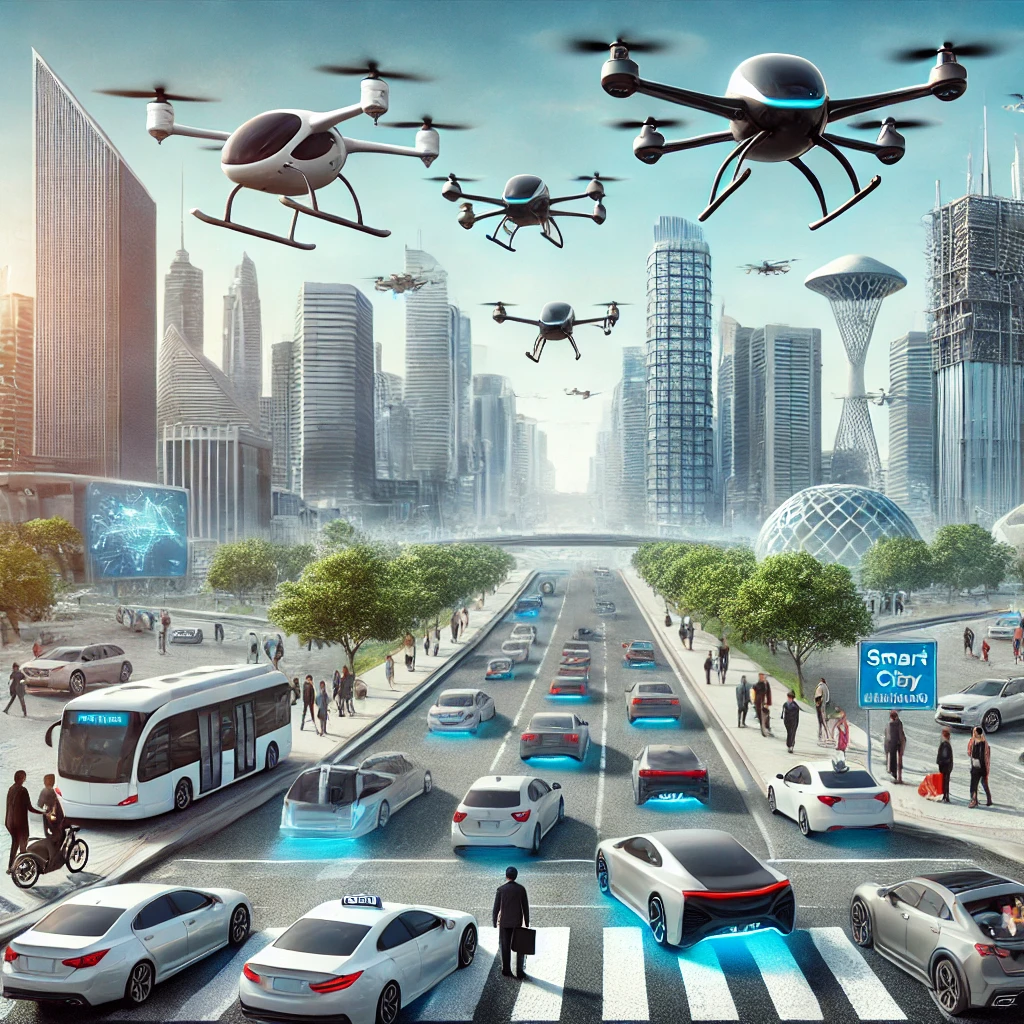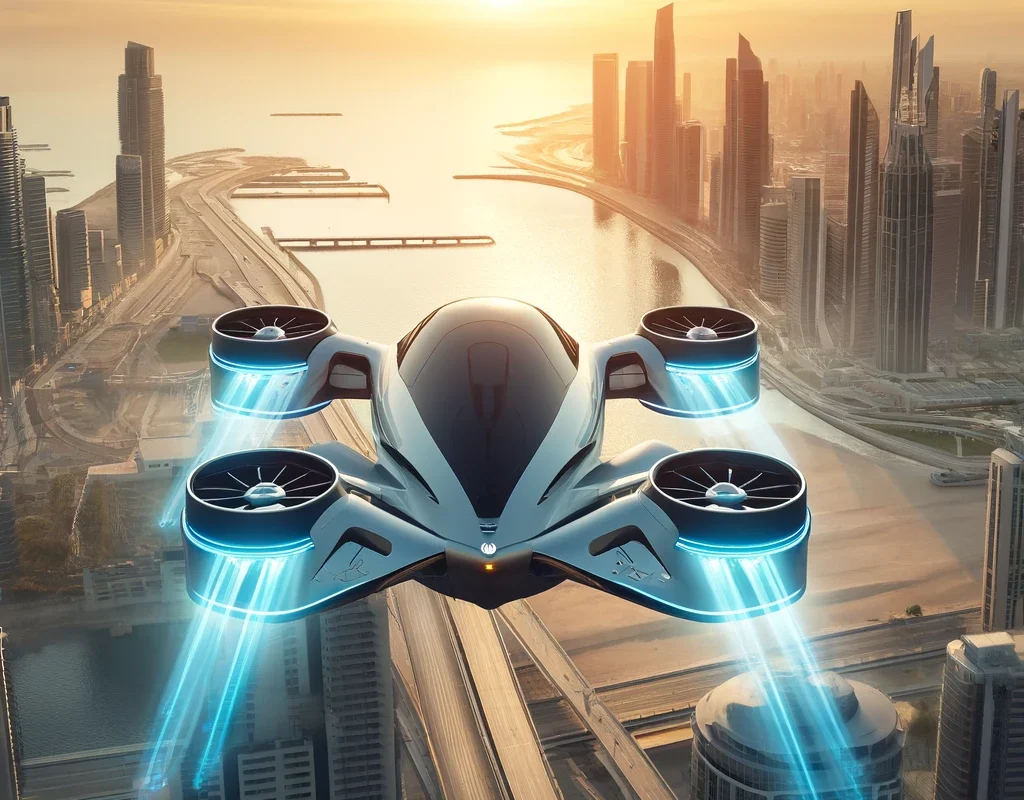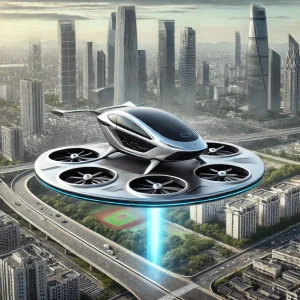
For decades, the idea of flying car technology belonged to the realm of science fiction—seen in futuristic movies like Back to the Future and imagined in novels. But today, fiction turns into reality. The flying car is no longer a cinematic illusion or a far-fetched dream. It has arrived. With successful test flights, real-world demonstrations, and industry leaders racing to make it commercially available, the future of transportation is unfolding before our eyes. Imagine a world where traffic congestion is no longer a problem because your drivable car simply lifts off the ground, taking off vertically, and glides above the city skyline. That future is closer than we think—but at what cost, and with what challenges?
Table of Contents
- 1 What is a Flying Car?
- 2 What is Alef Flying Car?
- 3 Key Flying Car Technology Development
- 4 Market Viability, Financial Projections, and Investment Trends
- 5 Global Regulatory Landscape: Who Will Control the Skies?
- 6 Infrastructure Challenges: Are Cities Ready for Flying Cars?
- 7 Adoption Barriers and the Path Forward
- 8 The Future of Electric Flying Car Technology: What’s Next?
- 9 2025 Key Milestones Ahead
- 10 Final Thoughts on Flying Car Technology
- 11 🚀 Stay Ahead with the Latest Innovations!
What is a Flying Car?
A flying car is a revolutionary mode of transportation, a hybrid vehicle capable of both driving and taking off vertically like an eVTOL (electric vertical takeoff and landing) aircraft. Unlike traditional airplanes, these vehicles feature rotors, electric motors, and propulsion systems that allow them to fly 200 miles without using a runway.
What is Alef Flying Car?
One of the most remarkable flying cars in development today is Alef Aeronautics’ Model A. The company claimed that this fully electric vehicle can drive up to 200 miles on the road and is able to fly up to 110 miles in the air. The Alef Model is unique because it is designed to fit into regular parking spaces, drive on city environment, and take off vertically when needed. It features an enclosed mesh-like body structure that allows it to transition smoothly from ground mode to flight mode. In a recent released video, the Alef Aeronautics flying car successfully lifted off from a public road, flied over another vehicle, and then was able to vertical take-off and landing, marking a major milestone in urban air mobility. However, its price tag of $300,000 raises questions about accessibility and commercial scalability.
For a visual demonstration of this groundbreaking technology, you can watch Alef Aeronautics’ Model A in action:
Key Flying Car Technology Development
The race to launch commercially viable flying cars is heating up, with several flying car designs being tested:

- XPeng AeroHT (China) – A modular electric flying car that transitions between road and air seamlessly, integrating autonomous flight capabilities.
- Klein Vision AirCar (Slovakia) – A hybrid vehicle that completed a 35-minute intercity flight, switching between drive and flight mode in under three minutes.
- PAL-V Liberty (Netherlands) – A sports car-inspired flying vehicle, operating like a gyrocopter with a propeller and internal combustion engines, making it viable for regional travel.
- Switchblade Flying Car (Samson Sky, U.S.) – A futuristic flying motorcycle-style vehicle powered by internal combustion engines, designed to operate both on the road and in the air.
- Hyundai and Boeing (Global) – Both companies are heavily investing in air taxi services, aiming to introduce urban aerial ridesharing in major cities worldwide.
Market Viability, Financial Projections, and Investment Trends
Flying cars currently cost between $300,000 and $1.5 million, with some luxury models exceeding $2 million. While these prices are prohibitive for the average consumer, they mirror early automobile and general aviation pricing before mass production efficiencies lowered costs.
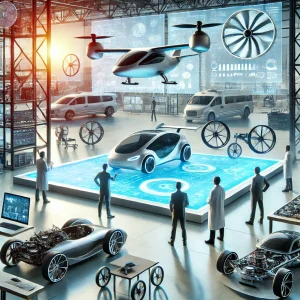
- Investment Outlook: The urban air mobility (UAM) market is projected to reach $28 billion by 2030, contingent on overcoming airworthiness certification challenges and infrastructure development. Venture capital firms and aerospace giants continue to invest, but the industry still faces high R&D costs and long regulatory approval timelines.
- Adoption Curves: Like electric vehicles (EVs), mass adoption of electric flying cars will depend on cost reductions, battery advancements, and regulatory approval.
- Commercialization Models: Rather than direct consumer sales, companies may prioritize subscription-based flying car services. Ride-sharing firms like Uber and Lyft are already exploring intelligent transportation systems for personal air mobility networks, where users could hail a flying car instead of purchasing one.
Global Regulatory Landscape: Who Will Control the Skies?
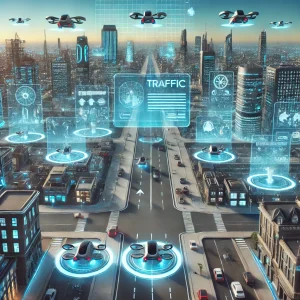 Unlike traditional civil aviation, flying cars require a low-altitude regulatory framework. Federal Aviation Administration (FAA), European Union Aviation Safety Agency (EASA), and Civil Aviation Authority (CAA) are working on policies to regulate these vehicles.
Unlike traditional civil aviation, flying cars require a low-altitude regulatory framework. Federal Aviation Administration (FAA), European Union Aviation Safety Agency (EASA), and Civil Aviation Authority (CAA) are working on policies to regulate these vehicles.
- Airspace Integration: Flying cars must operate below commercial aircraft but above city traffic, requiring AI-driven air traffic control.
- Safety and Legal Liability: Who is responsible in an accident—pilots, manufacturers, or AI systems? Without clear regulations, insurance companies remain cautious.
- Cross-Border Restrictions: Differing civil aviation laws could delay international travel, making early adoption regional rather than global.
Infrastructure Challenges: Are Cities Ready for Flying Cars?
Flying cars require vertiports, charging hubs, and AI-driven air traffic management. Some governments, like Dubai and China, have invested heavily, but most cities lack the necessary urban infrastructure.
- Who Will Fund Infrastructure? Governments or private investors?
- Compatibility with Existing Transport? Without integration with public roads, highways, and airports, flying cars could remain a niche luxury.
Adoption Barriers and the Path Forward
- Cost Reduction and Mass Production: Advanced electric vertical propulsion and autonomous flight systems will be needed to lower costs.
- Consumer Trust: Public confidence in autonomous flight capabilities remains a key hurdle.
- Infrastructure Expansion: Without a global vertiport network, AI-powered traffic management, and city adaptation, flying cars will remain limited.
The Future of Electric Flying Car Technology: What’s Next?
The first flight of the first Alef in 2024 demonstrated that humanity has entered a new transportation era. However, the journey to mass adoption will take decades. Whether flying cars become as common as EVs or remain a luxury will depend on regulatory progress, infrastructure scalability, and consumer adoption.
2025 Key Milestones Ahead
- 2025 – 2035: Limited use in urban air mobility, air taxis, and emergency services.
- 2035 – 2050: Advancements in flight range, battery efficiency, and automation could make flying cars viable for commercial and personal use.
- Beyond 2050: The vision of personal air travel, once seen in movies like Blade Runner and The Fifth Element, could finally become reality.
Final Thoughts on Flying Car Technology
Much like the Wright Brothers’ Kitty Hawk moment, the world’s first Alef Model A flight marks the beginning of a new era. But as Henry Ford once predicted, flying cars will require new infrastructure, new laws, and new ways of thinking. If we are truly entering the age of the Delorean Time Machine-inspired personal transport, are we ready to take flight?
🚀 Stay Ahead with the Latest Innovations!
Want more insights on technology? Click here for exclusive articles on flying cars, AI, and future trends!
📈 Also, don’t miss out on my blogs covering business strategies, management insights, job search, recruitment and expert tips on credit control—essential reads for entrepreneurs and professionals!
🎓 Ready to level up your skills? Check out my online courses for in-depth learning—click here to start today!
👉 Explore more now! 🚀
